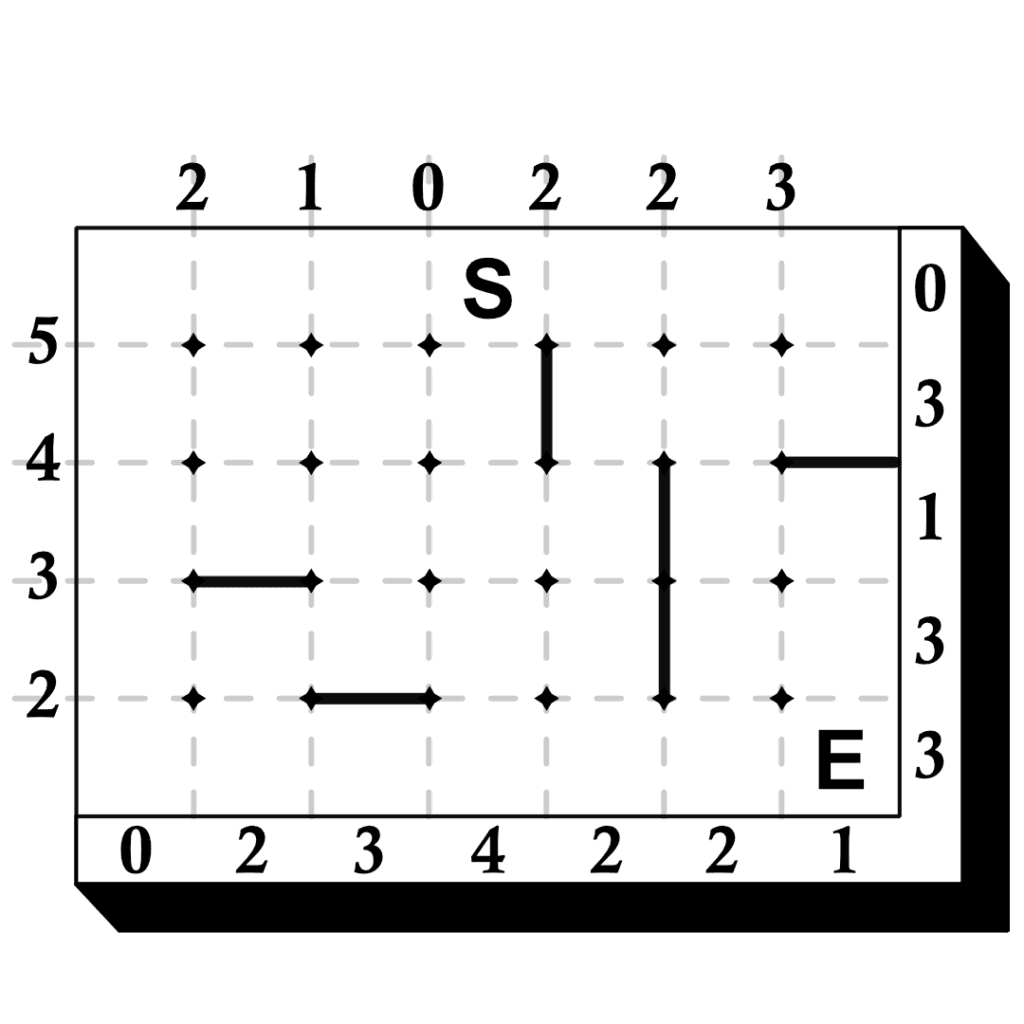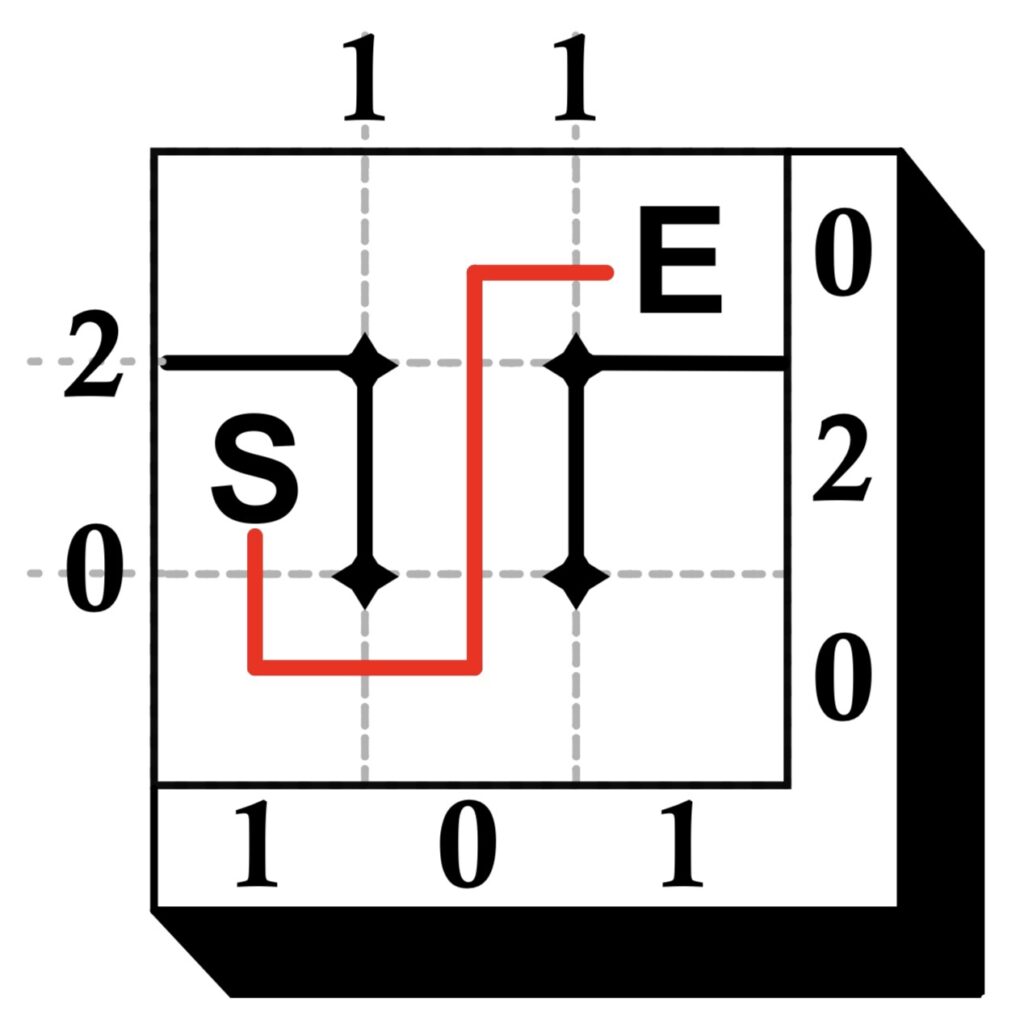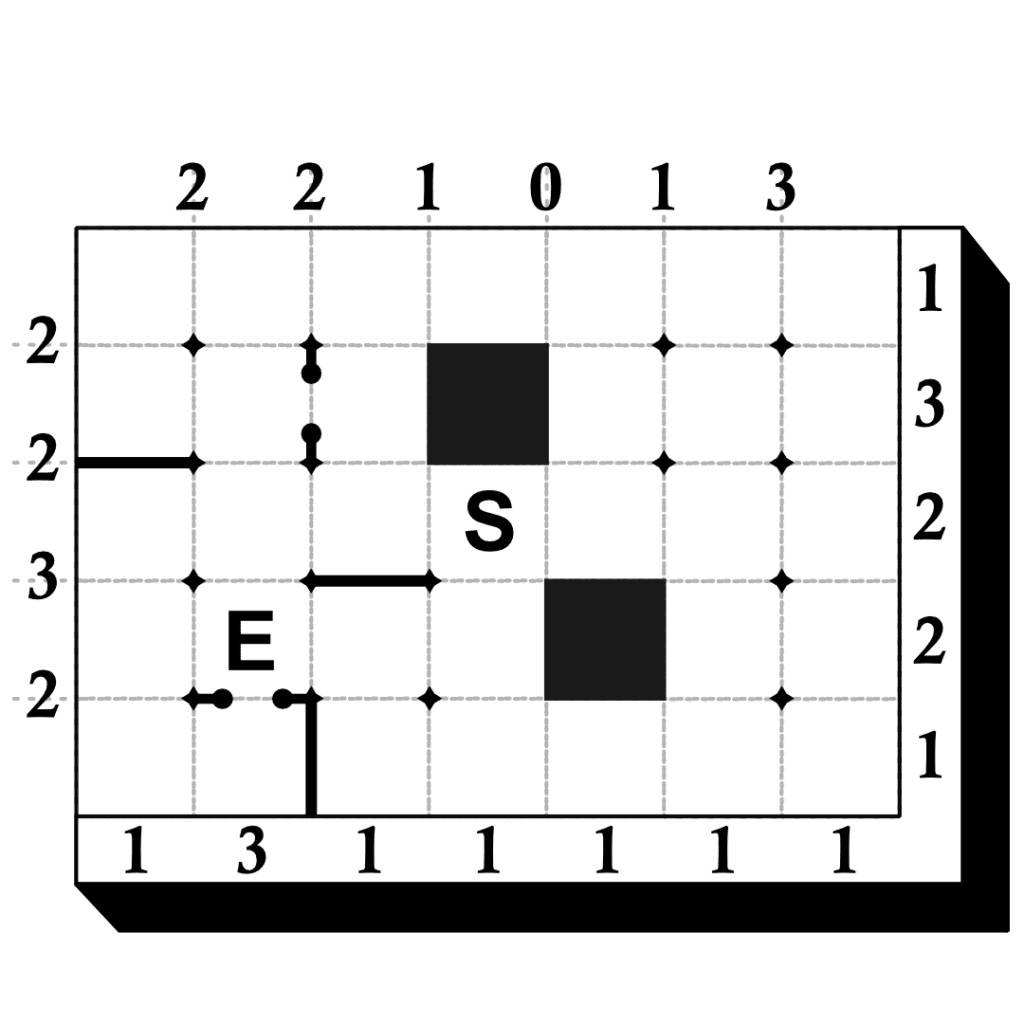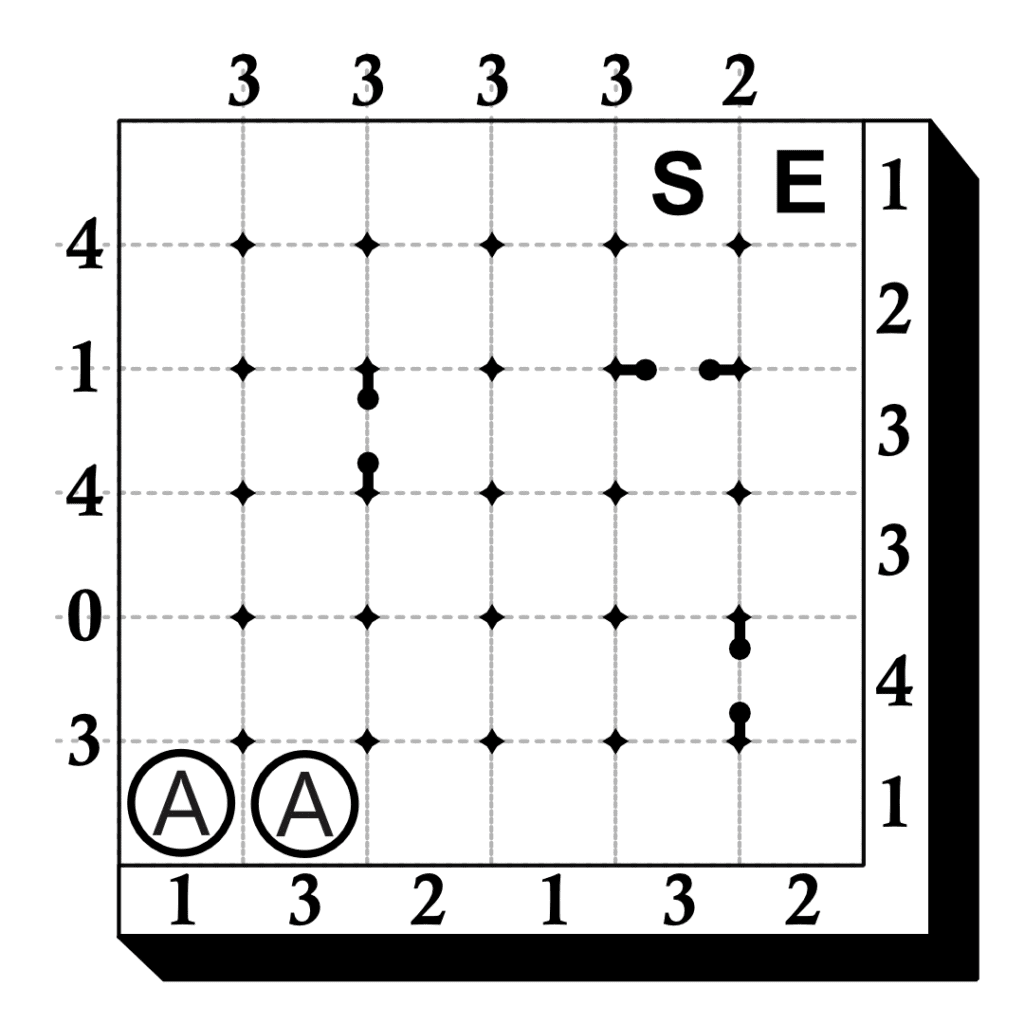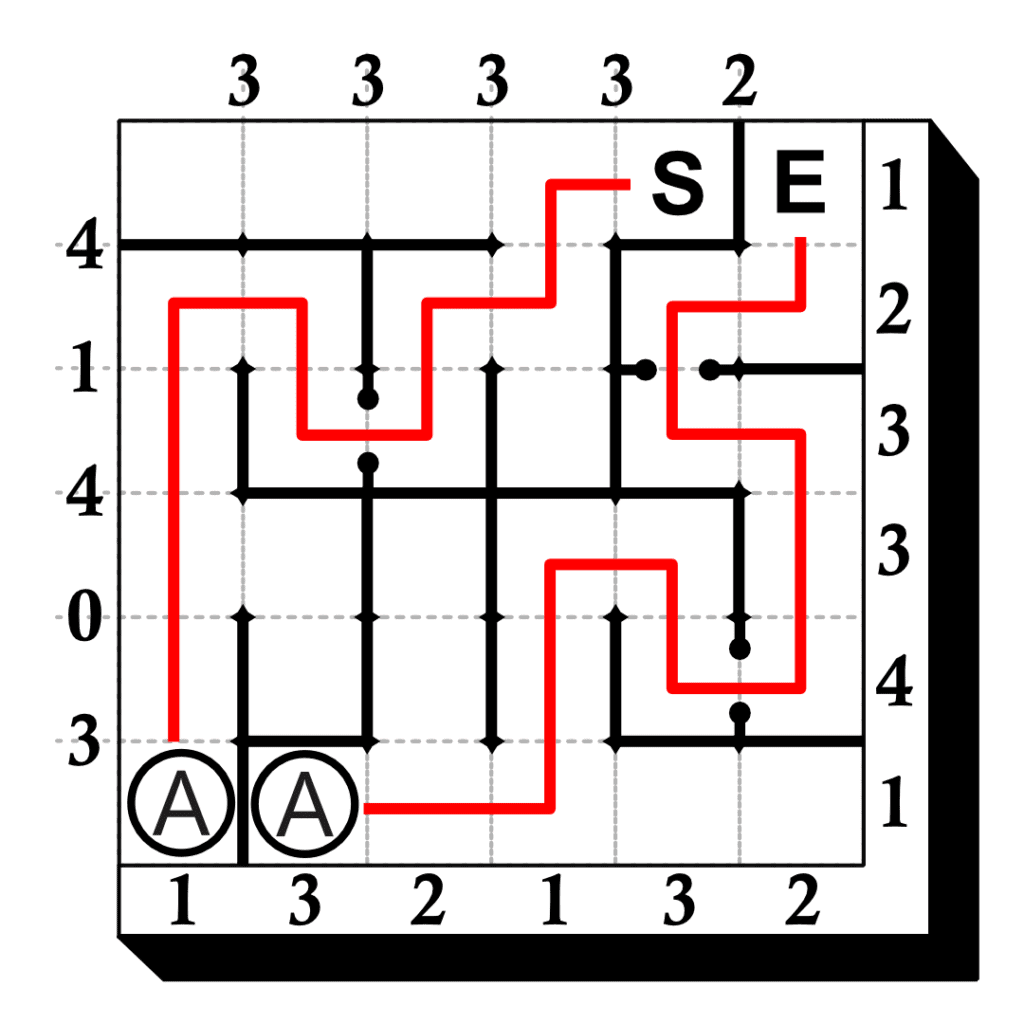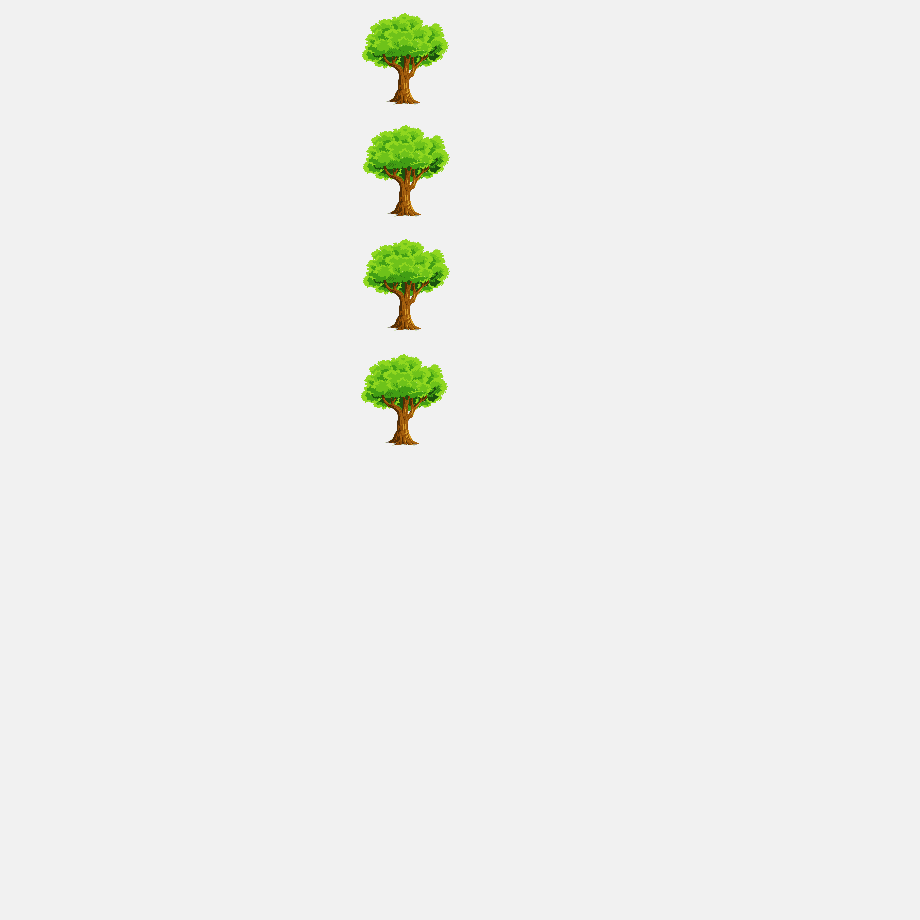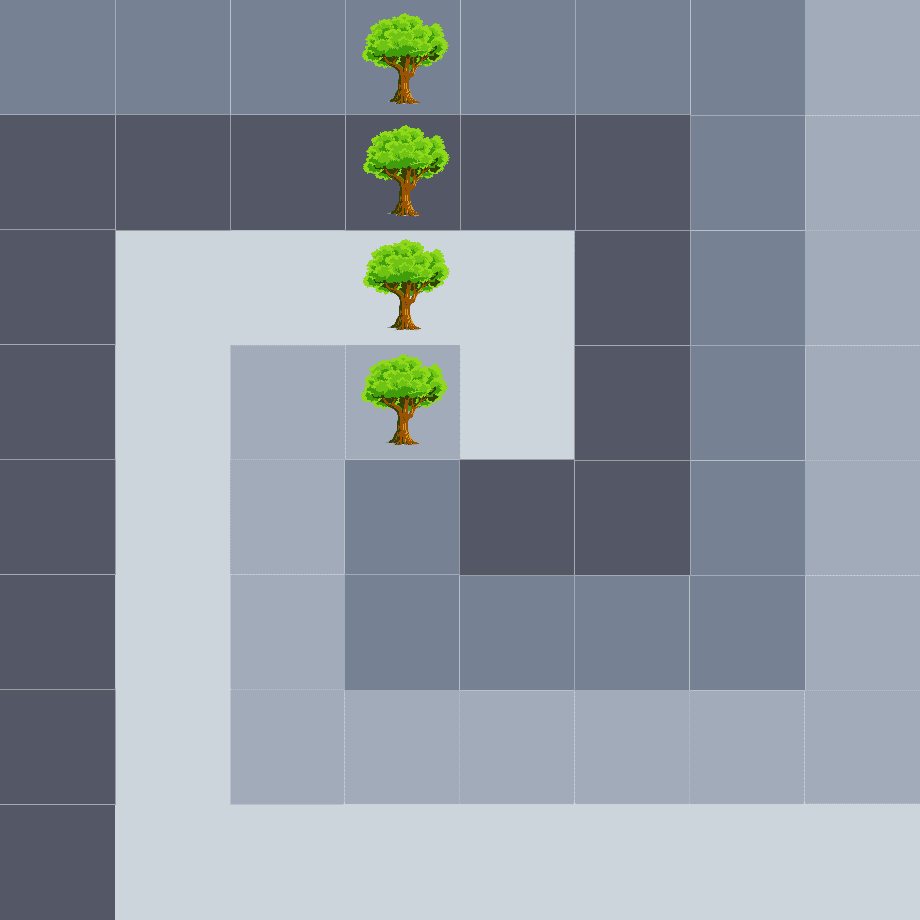Had Had Had Had Had
A teacher in English had asked James and John to describe a man who had suffered from a cold in the past. James while John had had had had had had had had had had had a better effect on the teacher.
Add punctuation to the sentence in bold, so that it makes sense.
A teacher in English had asked James and John to describe a man who had suffered from a cold in the past. James, while John had had “had”, had had “had had”; “had had” had had a better effect on the teacher.
The meaning is that John had used the phrase “had a cold”, whereas James had used the phrase “had had a cold”. The latter, being more grammatical, had resulted in a better impression on the teacher.




